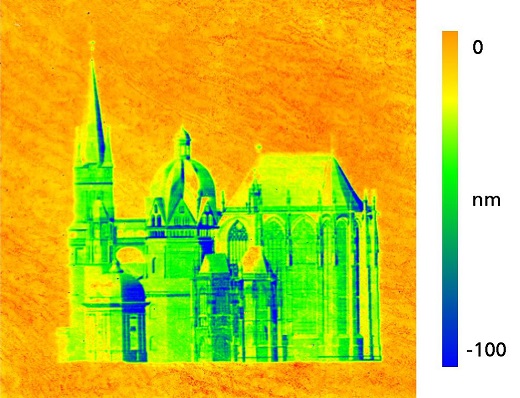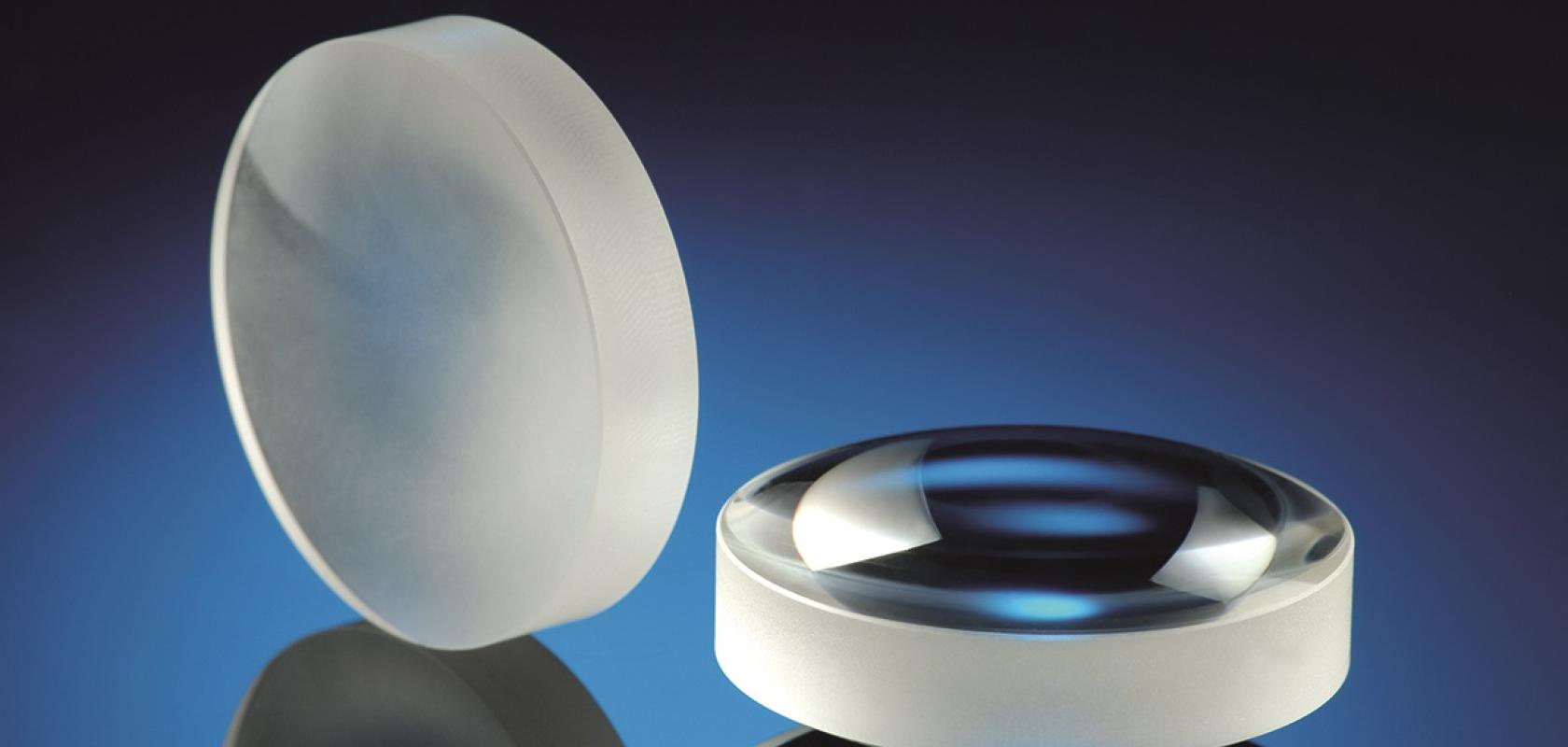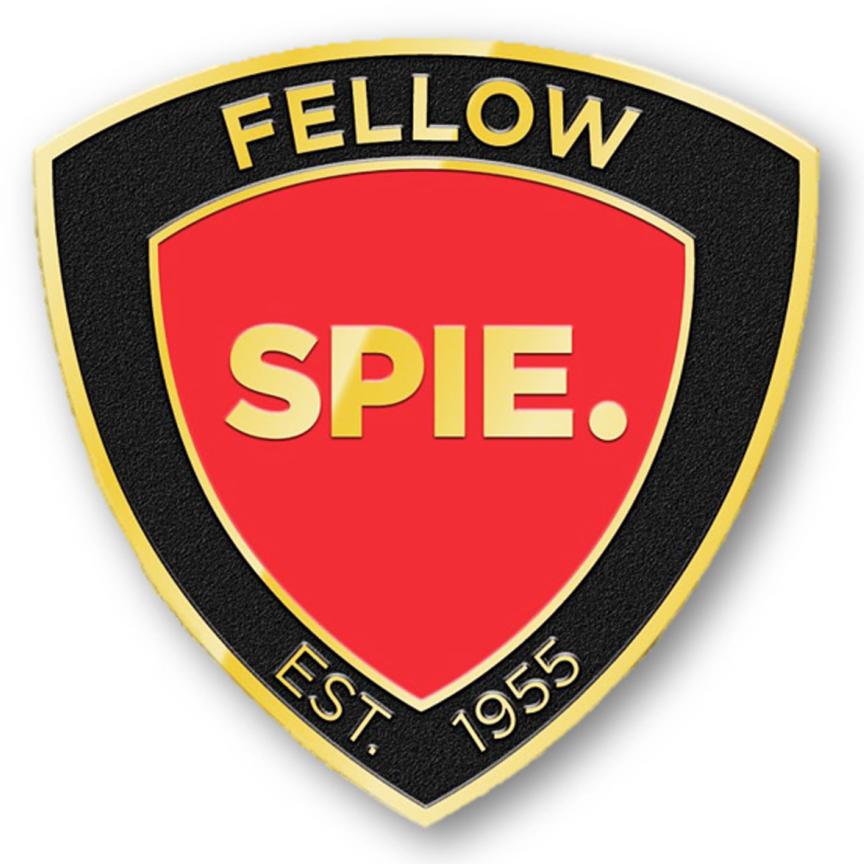The Fraunhofer Institute for Laser Technology (ILT), based in Aachen, Germany, has developed a new ablative process for the ultra-precise machining of aspherical optics.
Aspheres offer numerous advantages to optical designers, however the mechanical processing required to manufacture them is much more time consuming than for conventional spherical optics. In addition, if a high surface quality is desired, special post-treatment techniques are also often necessary.
While laser polishing has made headway in simplifying this surface finishing issue, for periodic structures on the optics with a wavelength of more than 100μm, laser polishing is not sufficient enough to smooth them. Instead ultra-precise ablation processes such as ion beam figuring (IBF) and magnetorheological finishing (MRF) are required.
Fraunhofer ILT has therefore developed a new ultra-precise, non-contact ablative process, known as Laser Beam Figuring (LBF), which uses a pulsed CO2 laser to perform ablations of less than 5nm on surfaces of almost any shape, and is both faster and more accurate than either IBF or MRF. In addition, unlike IBF, the LBF process does not require a vacuum; nor does it need any additional fluids as MRF does.
LBF is is controlled precisely via a regulated pulse duration. With the technique a vertical resolution of less than 5nm and a lateral resolution of less than 100μm are possible during ablation.

LBF makes it possible to ablate any desired contour accurately down to a few nanometers. (Image: Fraunhofer ILT)
Due to its speed and flexibility in surface design, LBF is particularly well suited for the cost-effective shape correction of aspherical optics in small to medium quantities. In addition to aspheres, micro-optics can also be processed. The technique can be combined with both laser polishing and conventional machining methods.
With LBF Fraunhofer ILT reports that has created the first continuous laser-based process chain in optical production. In an initial step material is removed relatively coarsely to form an individual shape. The surface can then be polished with a laser and corrected finally using LBF.
The work has been funded by the Federal Ministry of Education and Research (BMBF) as part the RapidOptics project, which looks to combine laser-based and mechanical manufacturing processes in the production of non-spherical optics
The new LBF process will be presented by Fraunhofer ILT on 15-17 May at Optatec in Frankfurt.
Related article
Small but Mighty: The latest in micro-optics fabrication, structures and materials


